Reviews 12 min read
2018 Cayenne E-Hybrid
In a league of its own
With significantly enhanced performance and increased electric range, Porsche’s new hybrid Cayenne is no longer a compromise.
Discover EV expert verdict...
- Strong performance
- Impressive handling
- Clever tech
- Expensive with options
- Extra weight penalty
- Official figures hard to achieve
Overview
Long before I had the idea of creating a website dedicated to electric, hybrid and plug-in hybrid models I was editor of a Porsche magazine, and one dedicated to the 911 model only – a far cry from your typical low emission vehicle. What my time on that magazine gave me, however, was a deep appreciation for the Stuttgart brand. For those doubters (or haters) I can annoyingly confirm that they do produce one of the world’s greatest everyday sports cars, and that’s after spending six years at the helm of a BMW magazine, driving almost every single M car ever made.
But the Cayenne, is a different breed altogether. It’s an SUV. And ironically it’s a car that helped to save the brand. It is well-known Porsche was nearly bankrupt in the mid-1990s and while the Boxster was instrumental becoming the brand’s best-selling model, that all changed when the Cayenne came along. By 2007, Porsche had become the most profitable car manufacturer in the industry on a per-unit basis.
The Cayenne was the right car at the right time, and some argue it has since made them the undisputed benchmark in this category. Now in its third generation, the model that’s of interest to us is the E-Hybrid and with an all-electric range of 27 miles, but with a 3.0-litre twin-turbo’d V6 to back that up when it runs out, we’re keen to find out more.
Driving
It’s been just over a decade since Porsche decided to do a hybrid version of its flagship SUV, and while I haven’t driven the previous two models, the official economy figure has more than doubled, and of what we’ve read from reputable sources the car maker has now perfected the art of hybrid tech for its third-generation. And we have to concur, we’re suitable impressed. Performance is always at the heart of everything Porsche do – even hybrids – and so they need to be mindful of what happens when that electricity runs out. Fortunately, for anyone thinking of buying Porsche’s Cayenne e-hybrid won’t be disappointed with the V6 and electric motor producing an impressive 462hp and 516 lb-ft of torque.
Fitted with Porsche’s Active Suspension Management as standard, on the twisty B roads, the Cayenne e-Hybrid’s got high levels of grip, the steering is light but doesn’t lack precision, and body roll is fairly minimal – put it this way, even giving it some beans it felt controlled and predictable. That’s partly thanks to the adaptive air suspension, which is a £1511 optional extra and does a great job of disguising the 275kg weight penalty over the Cayenne S. Calm down, and it’s extraordinary comfortable and well-damped, even on our rutted, bumpy roads.
In the performance-focused Sport and Sport Plus modes, in particular, it really impressed. As with any other Cayenne it tweaks the air suspension, gear shift mapping and throttle response, but with the hybrid it also changes how the electrical energy is deployed. Not only does it deploy more energy it also tries to harvest it too, which is where you get into the realms of their learnings from the 919 Hybrid race car.
For hilarity alone – as we’re sure there’s no real need to overtake or make a getaway at such ludicrous speeds – there is a Sport Response Button. This basically means, at any speed or in any mode, it will give you 20 seconds where absolutely everything is put into the most aggressive mode possible and is focussed on making the car go stupidly quick. If you watch the video it looks as though someone has held down the fast-forward button. On paper it completes the zero to 62mph sprint in just 5 seconds, but it feels quicker than that and Auto Express actually measured it at 4.5 seconds.
Porsche say they learnt a lot about hybrids from its 918 Spyder project, but it’s this latest generation Cayenne Hybrid that’s benefitted from its findings. In fact, it operates the same boost strategy as the tech demonstrator project of 2013, which is why the combination of petrol engine and electric motor is on tap almost instantly when you put the pedal to the metal.
There’s been improvements to the transmission too, with a newly developed eight-speed Tiptronic S, which is beautifully smooth, and has apparently been fitted for better towing capacity compared to its PDK dual-clutch automatic – just in case you wanted to tow your horsebox or speed boat.
The Cayenne E-Hybrid is fitted with six-piston calipers at the front and four-piston outback, painted in acid green in keeping with Porsche’s colour scheme for the E-Hybrid, and clamped to the 360mm and 358mm brake discs respectively. As you’d expect at that size, they do an excellent job of hauling the two tonne-plus SUV to a stop but unfortunately the recuperating brake system is a little bit inconsistent and grabby as you come to a stop.
MPG and running costs
The hybrid system works through a central motor that feeds directly into the drivetrain to provide electrical assist. The car will then figure out whether you want to use that additional power resource to assist for efficiency or performance on a real-time basis, and the transition from electric to petrol is barely noticeable.
Porsche’s Sport Chrono Package comes as standard, meaning you get a choice of drive modes, two of which we’ve just covered (Sport and Sport Plus), which leaves E-Power and Hybrid Auto. The car will always starts in E-Power mode, which operates in pure electric only providing a maximum performance of 136hp and 295lb-ft of torque. As it’s silent upon start-up (remember no burbling V8 here) it’ll politely chime to let you know it’s ready. If you want the V6 to kick in simply surpass the very noticeable pressure point on the accelerator pedal, alternatively going above 83mph will have the same effect.
Porsche say most owners default to Hybrid Auto mode, which changes and combines the drive sources automatically for ultimate efficiency by allowing intelligent control of the powertrain based on driving profile, charge status, topology, speed, and when a destination is programmed into the Sat Nav, distance too. It has a claimed combined fuel consumption figure of 88.3mpg (and CO2 emissions of 72g/km) but those figures were generated on the older, less accurate emissions procedure (NEDC) rather than the most recent WLTP process and we have to report that after spending a long weekend with one we averaged around 36mpg. Still, that was with fairly spirited driving and we weren’t keeping the battery permanently juiced up.
As an alternative to Hybrid Auto drivers can choose E-Hold mode to ensure that the battery’s current charge status is deliberately maintained, which can then be called upon later for electric driving or boosting; or the E-Charge mode. This charges the battery while driving using the combustion engine but obviously impacts on fuel efficiency.
Charging will take around eight hours from a normal domestic plug socket, and that time will drop to a more respectable two and a half with a 7.2kW charger.
design
It’s not Porsche’s best-looking model but name me an SUV that’s handsome, with the exception of the Range Rover perhaps? Difficult, isn’t it. That said, the design has evolved over the years and is now altogether more sophisticated and sleek.
It’s subtle though – compared to its predecessor the looks and overall size haven’t changed dramatically. Upfront the grille is more cohesive with the enlarged three horizontal intakes, the bonnet has been redesigned with strakes that begin just above that grille, and while the headlights still sweep backward, they house new lighting systems. This E-Hybrid was spec’d with LED matrix headlights including Porsche Dynamic Light System Plus, which changes the cornering lights, low and high beam headlights according to speed, steering wheel changes, turn signals, the position of other vehicles, and other environmental and traffic conditions. It makes night driving a real pleasure and is worth the additional £1380.
Out back a full-width lighting element replaces the old bulbous rear taillights, bringing it more in line with the 911. The bumper is smoother and the rear marker lights are placed lower just over the tailpipes, giving the rear end a much cleaner appearance. There’s still a small rear roof wing, though it is slightly reworked for this new model.
The cabin, as you might expect, is impeccably finished, roomy and better equipped than before. The centrepiece of the dash is now a highly intuitive infotainment screen, while the centre stack is simplified with touch-capacitive controls and new grab handles, which are somewhat unnecessary in our opinion. There’s an abundance of Alcantara and leather, the controls are aesthetically pleasing to use and look at and everything is well put together.
In front of the driver is an instrument cluster with two high-resolution displays that can be easily changed via steering wheel-mounted switches to show the information required at that time. Overall, the updates give the Cayenne a very modern, classy feel.
Comfort and practicality
This generation of Cayenne has really improved inside – the eight-way electrically adjustable seats that are very comfortable indeed and there’s adequate room for three adults in the second row. The downside of having an extensive battery pack is that storage space in the boot has dropped 125 litres to 645, but there was still enough room for a long weekend away – and anyone with a toddler will know how much crap you need.
Then there’s that new 12.3 inch infotainment screen that’s polished and slick in operation, even on the move. It’s fully customisable, with the ability to drag and drop some of the car systems such as climate, audio and communication, and assistance features. Wave your hand over it, and the sub menus drop down – it’s all very cool.
There’s an app too, that Porsche say is becoming increasingly popular, and allows you, among many other things, to adjust the climate control before your journey (and your heating at home), remotely check that you’ve closed the windows and locked the doors, find the vehicle if you lose it in a multi-storey car park and check the car’s charge status.
The digital screens in front of the driver work well, too, displaying the sat-nav map, driving data or – exclusively for the E-Hybrid – your remaining electric range and a diagram showing energy flow. The only thing I would say is I found it easier to view the map and directions on the bigger screen.
Porsche say that the tech in the E-Cayenne is often overlooked and perhaps on 24-hour press launches it is, but having spent four days with one, we came to appreciate that there is definitely more under the skin of this plug-in hybrid SUV compared to others.
Take the InnoDrive for example; which simply put is next generation cruise control. It utilises 3-D, high-definition road information from the car's GPS with real-time data gathered from the car's systems to know how fast it can go on any road. Specifically, navigation data provides guidance regarding curve angles, height, and slopes over the proceeding 1.8 miles and in addition the car uses the on-board cameras to detect traffic sign information and sensor data from steering wheel and drive wheels to determine weather and available grip, telling the Porsche when and how to speed up and slow down using the throttle, brakes, and transmission.
Having used it for prolonged periods of time we have to say it’s mightily impressive, and while you can take your hands off the wheel for up to 15 seconds at a time (or longer if you put up with a series of warnings that get notably more furious with you) with the system on, that’s not the idea. It is in the words of Gernot Döllner, director of the Panamera model line which has the same system, “to determine the perfect, efficient longitudinal drive strategy”. It’s amazing, but at the same time, bloody terrifying of what the vehicle is capable of without driver input.
verdict
The base price of the Porsche E-Cayenne Hybrid is £67,128 – with all of the optional extras it nudges this model up to £81,327, however apart from the aforementioned individual equipment that we would recommend (plus the on-board charger with 7.2kW charging output at £506), all of the other options are superfluous.
Offering the performance and dynamic handling expected of the marque first and foremost, while offering lower running costs as an added bonus; the E-Hybrid makes a convincing case for itself. The seamlessness of the engineering is no mean feat – you’ve barely any clue while driving which team of components is working the hardest.
For now, this hybrid car appears to be in a league of one. Not only that but it costs £1000 less than the Cayenne S, yet it has more power, more torque, is cleaner and, if driven short distances in electric mode, a lot more economical. Has the petrol version made itself obsolete? Maybe, just maybe.
key specs
2018 Porsche Cayenne E-Hybrid
- Price: £ 67,128
- Top speed: 157mph
- 0-62mph: 5 seconds
- 0-99mph: 11.5 seconds
- In-gear acceleration (50-75mph): 3.2 seconds
- Power: 462hp (combined)
- Torque: 516lb-ft (combined)
- Driving range (NEDC): 27 miles
- Charge time: Around 8 hours (domestic plug socket); 2 hours 30 minutes (7.2kW charger)
- Insurance group: 45

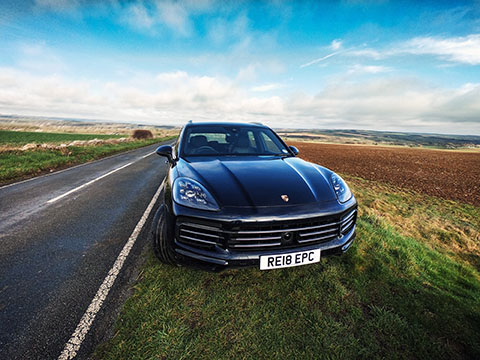

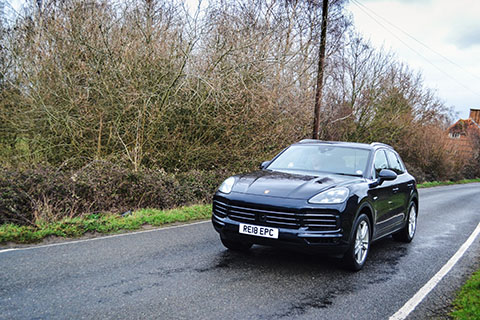
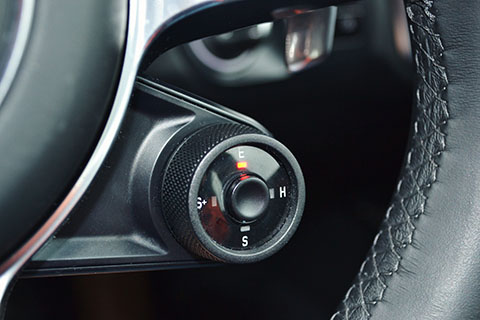
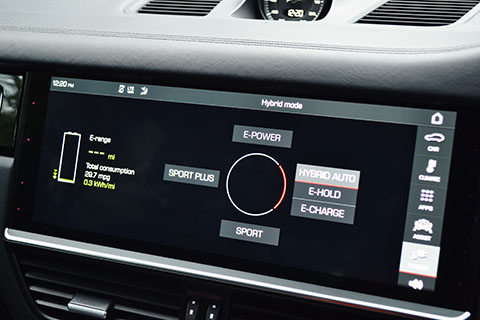
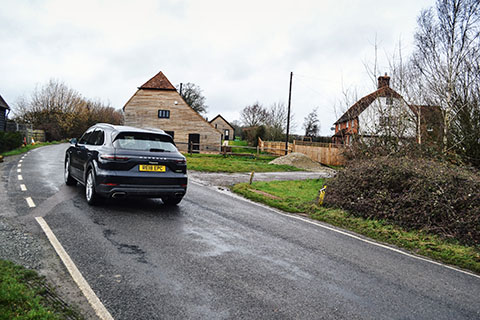
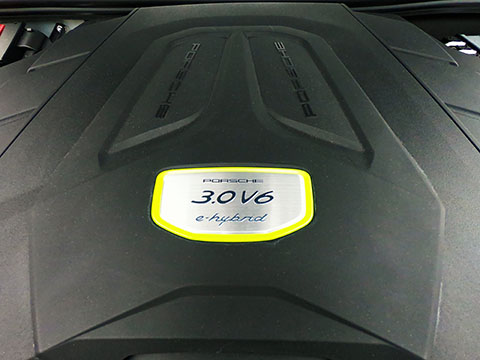
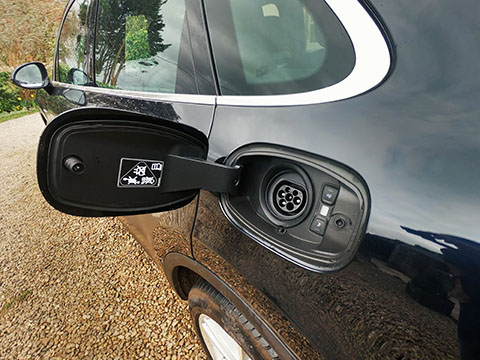
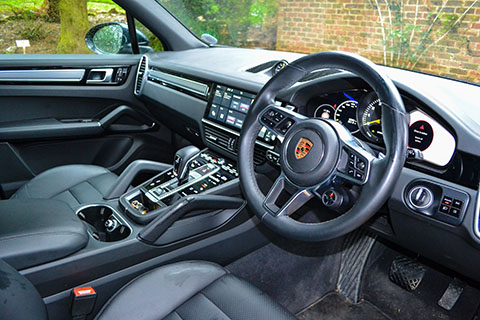
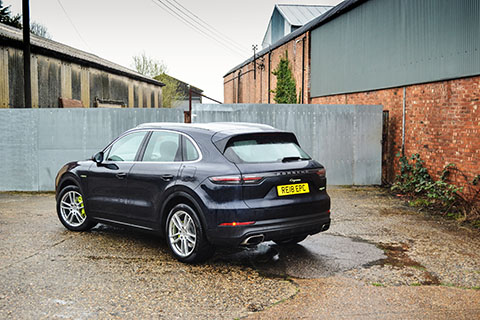
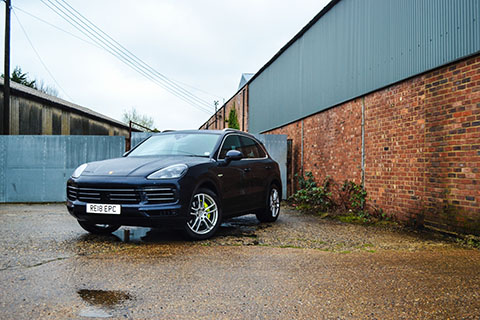
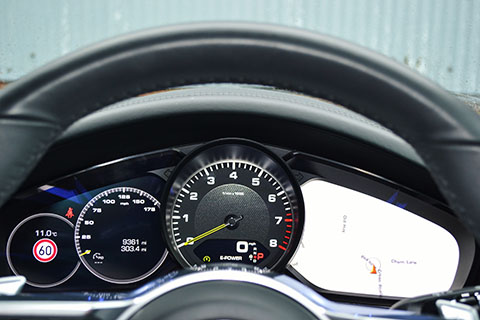
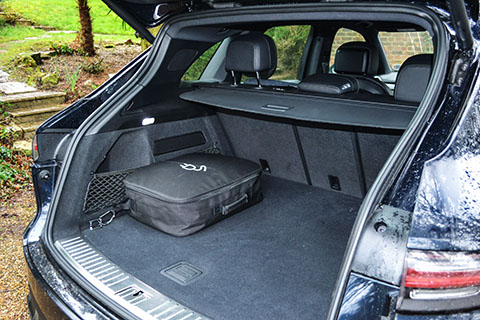
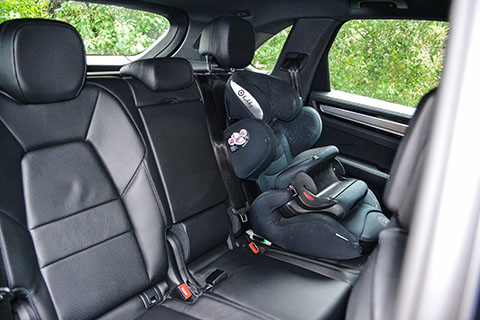
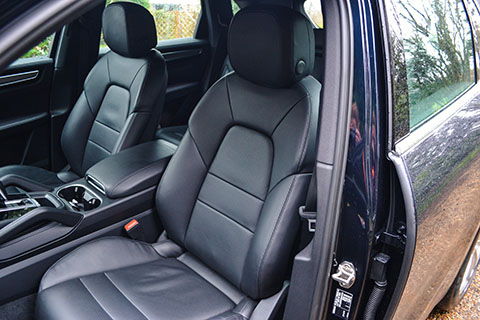

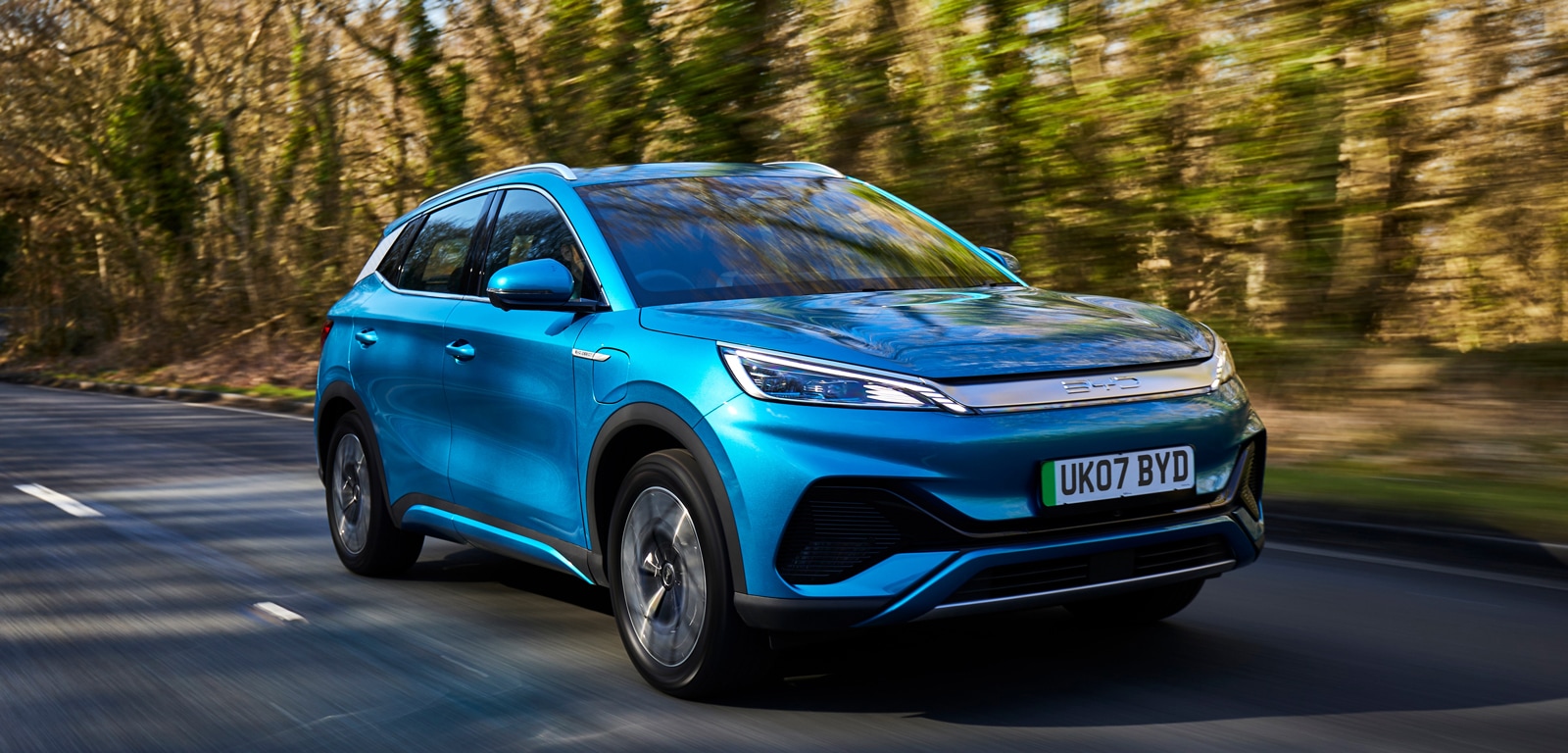
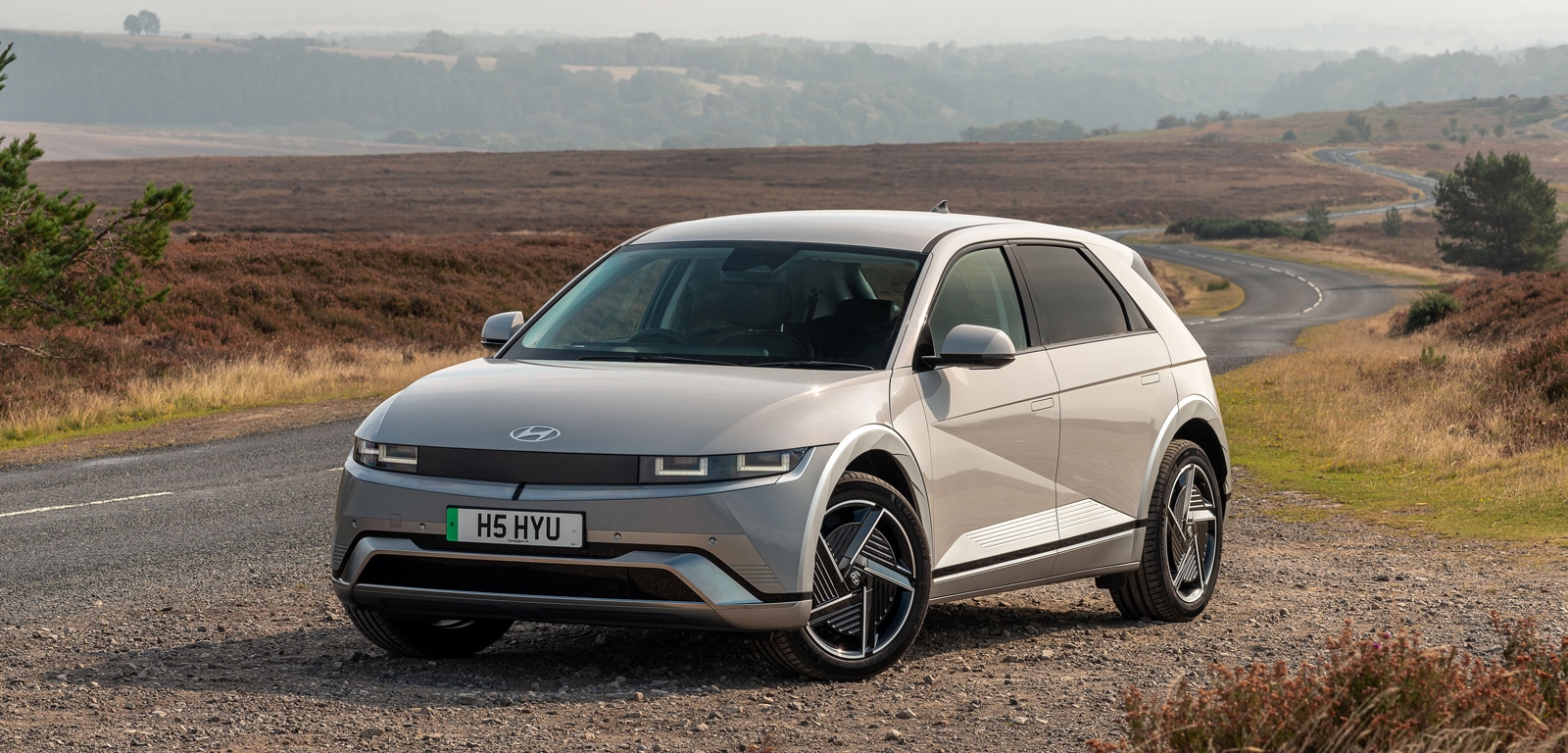
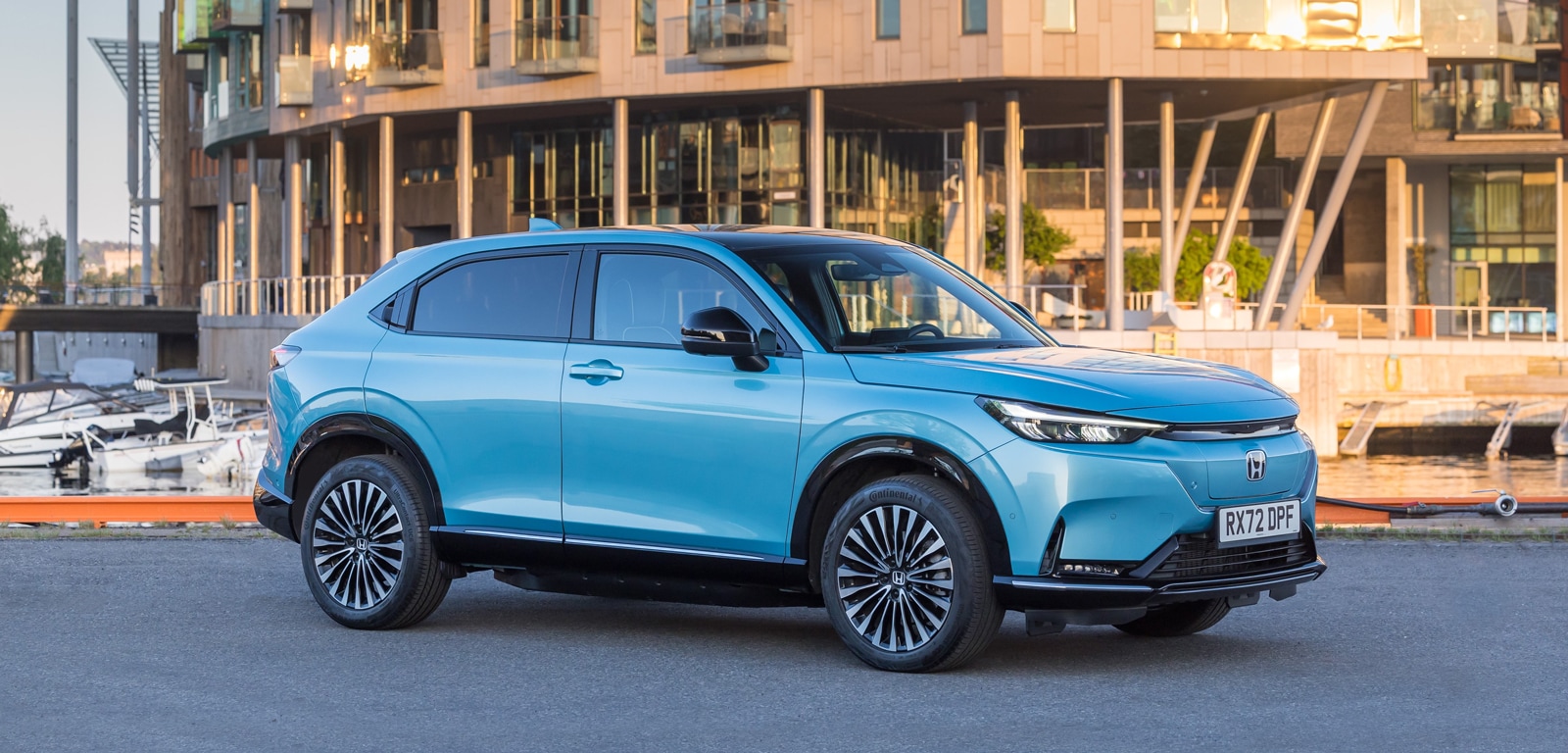
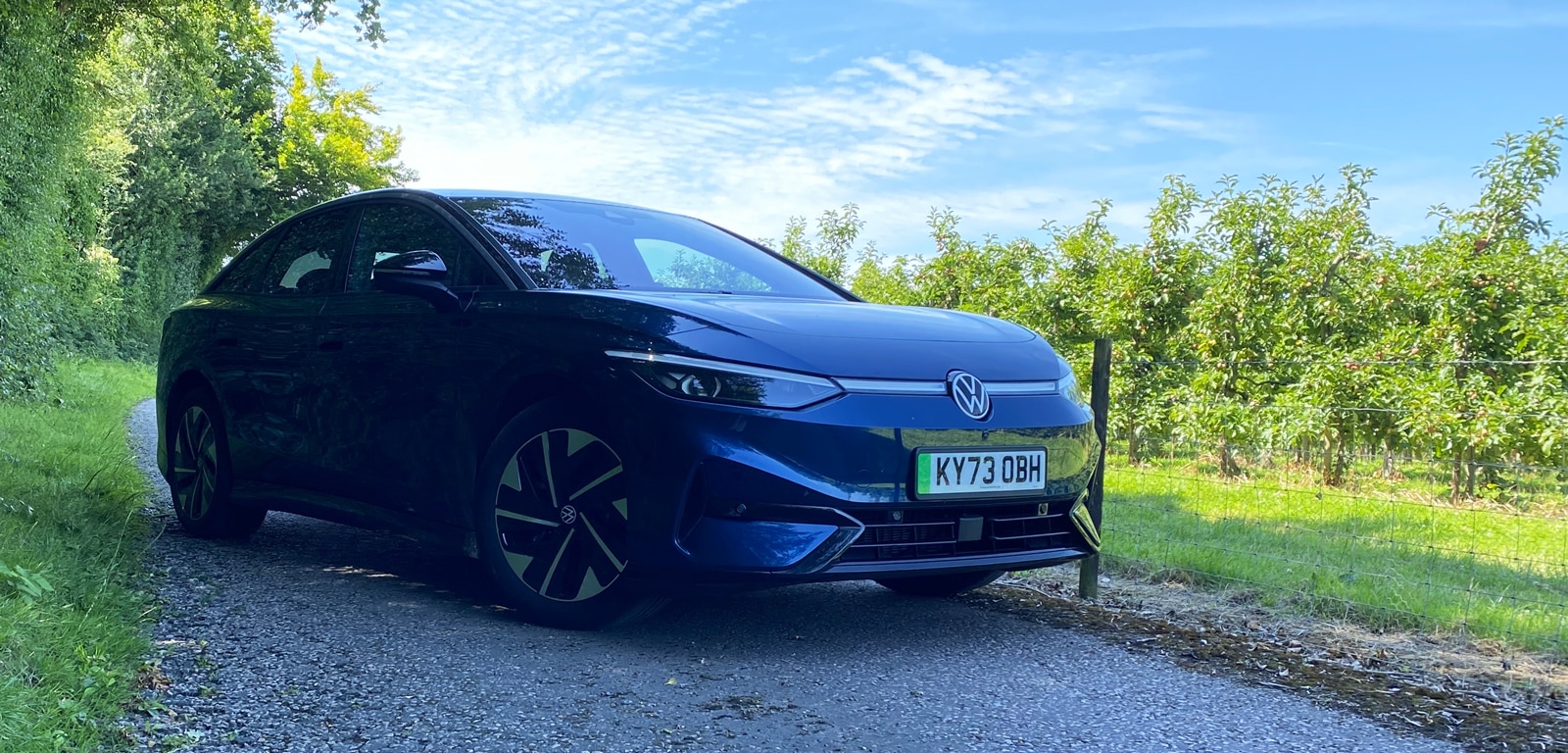
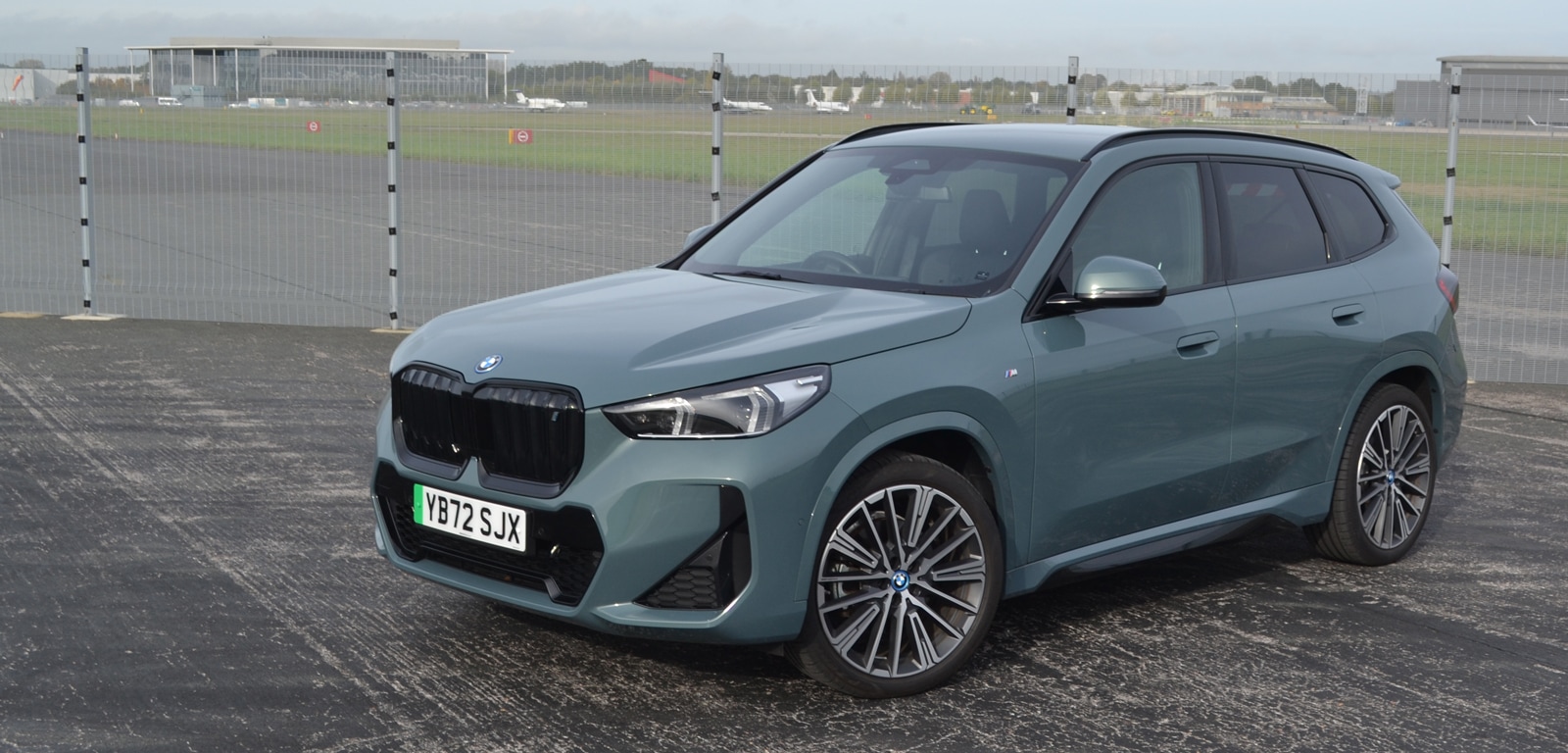


Comments (1)
Login/ Signup
Flam1
18/04/2019 17:05
Awesome car - one of the best hybrids on the market